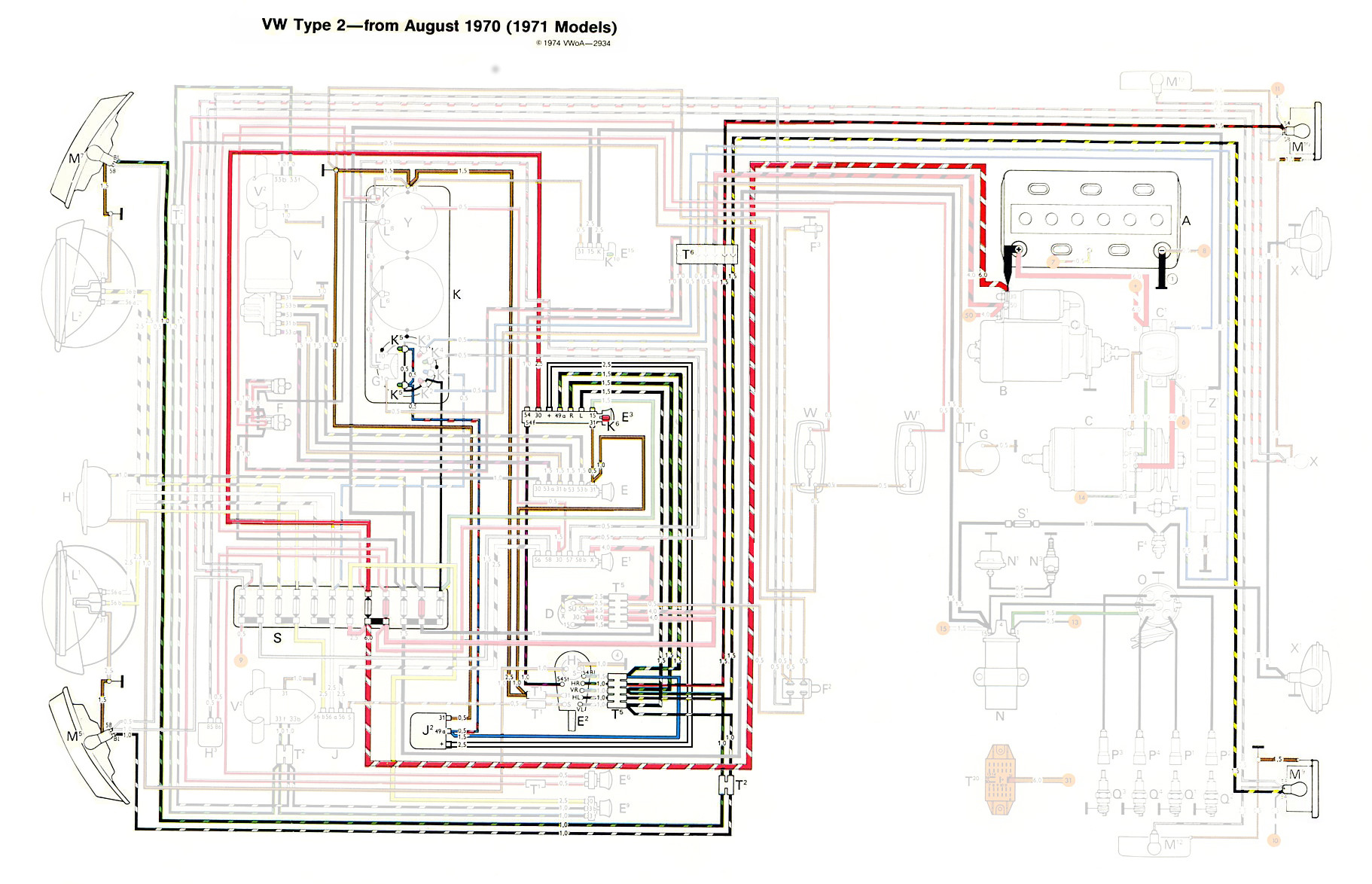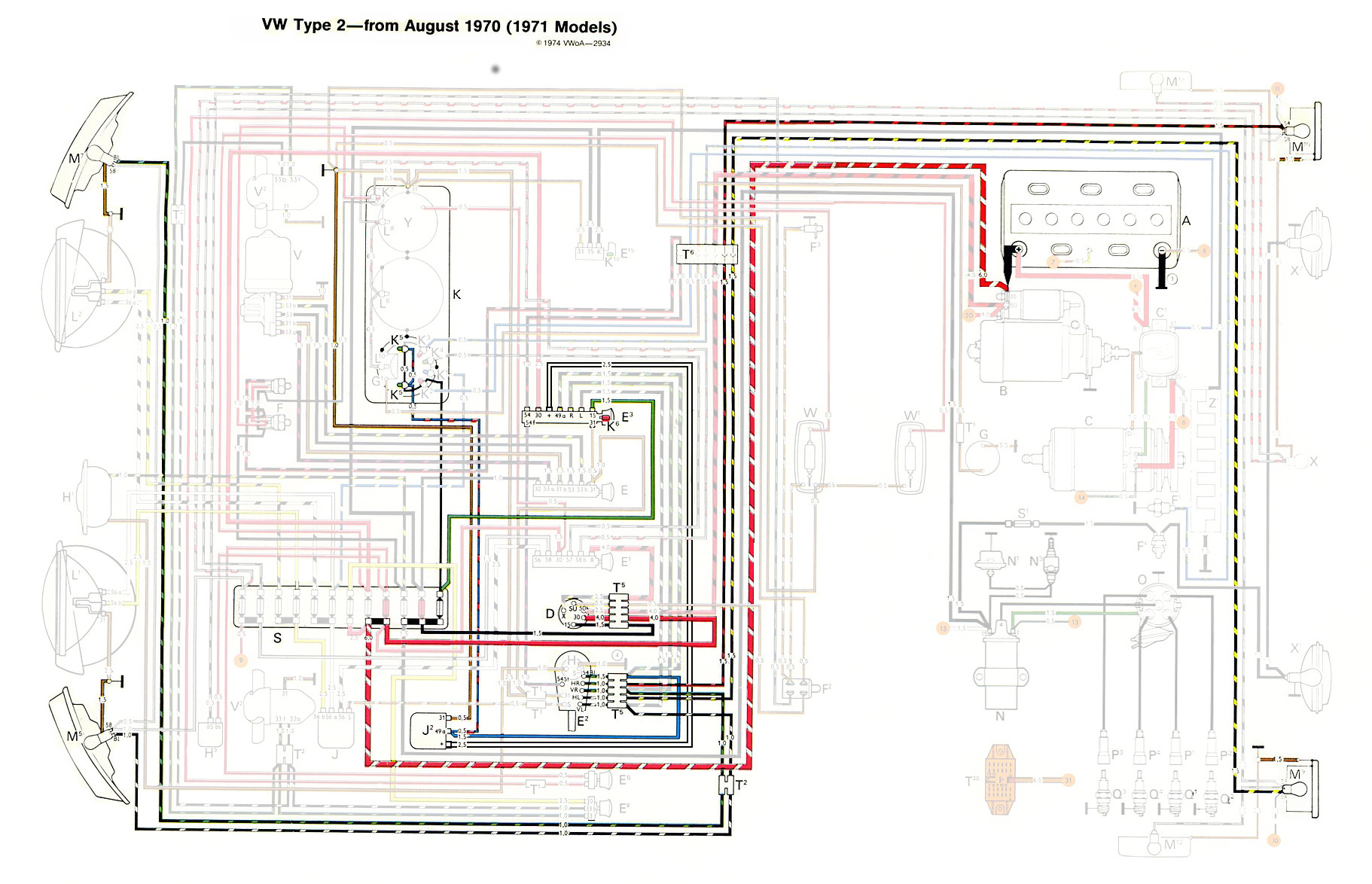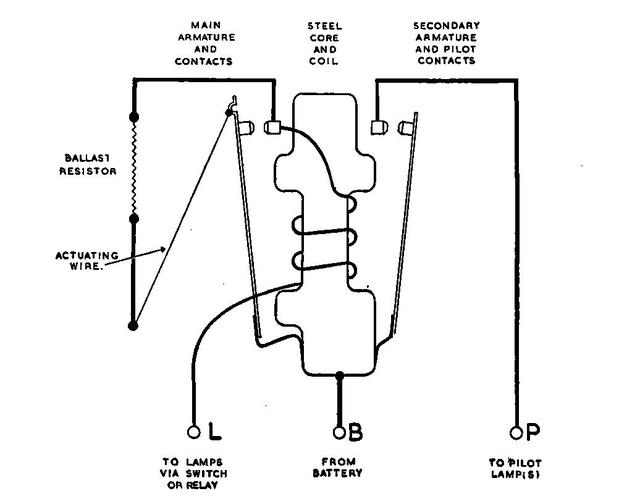Danwvw
Active Member
Hi, My VW Bus has quit flashing its turn signals and emergency flasher. The problem seems to be with the 3 terminal 30 amp relay 12 volt emergency flasher relay. I have one on order but I am just wondering if a Solid state flasher circuit could be designed to use instead.
There is 12 volt supply. Ground. and Load.
It would need to handle something like a 2 ohm (not led) rather incandescent bulb load at 12 volts with 1 second or maybe a little less on cycle.
I would love to see some design ideas Thanks:
There is 12 volt supply. Ground. and Load.
It would need to handle something like a 2 ohm (not led) rather incandescent bulb load at 12 volts with 1 second or maybe a little less on cycle.
I would love to see some design ideas Thanks:



